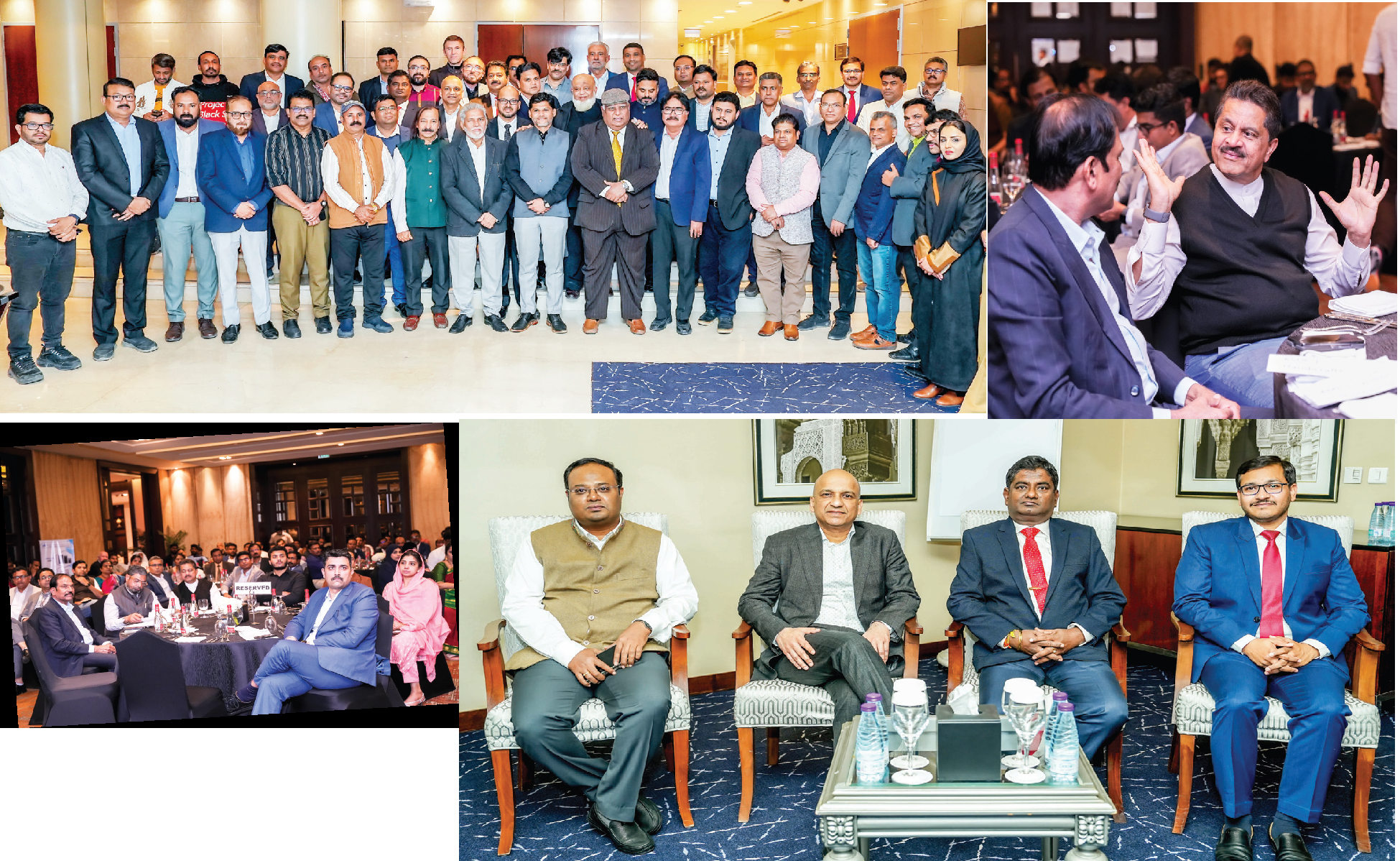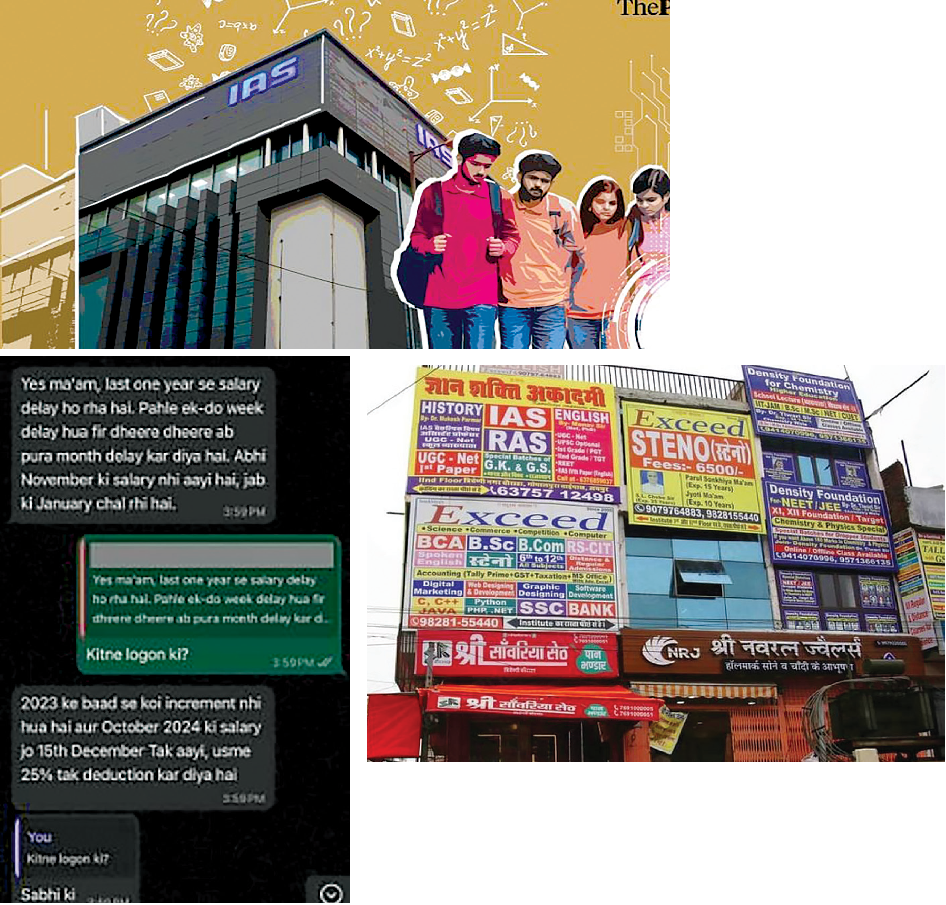
TRAMS ON Their Way Out
...but denizens of Kolkata are not convinced why something woven into the legacy of the city needs to be phased out. Calcutta Tram Users Association is putting up a fight to retain and restore the network
Sreyashi Dey
Jagannath Shah was only 20 years old when he left Bihar in 1985 to work as a tram conductor in Kolkata, following in his father’s footsteps. Those days, the city of joy had about 200-300 trams snaking past crowded markets and hurrying pedestrians. Today, barely 10 trams are operational.
“All the routes have been shut down except two — Ballygunge to Tollygunge and Gariahat to Esplanade,” said the 57-year-old, whose seven-hour shift starts from Gariahat depot and involves him completing six trips in a day.
“I have been hearing since 1985 that trams will stop running. Yet here we are, in a tram. In future, even if it’s only two trams, Calcutta Tramways Company will continue its journey, although I will retire in the next 30 months,” he said.
Shah’s hope rests on the fight that is currently on in Kolkata to save the last trams of India. From filmmakers to policy researchers to college students to tramway employees, a motley group of people have come together for the purpose. They protest on streets, they campaign on social media, and they spread the word through anyone who cares about trams.
And in Kolkata, where trams have been an integral part of life for many generations, there are many who care about its legacy, even though some have begun to question its viability in today’s time. Sixty-six-year-old scientist Debashish Bhattacharya is one such tram enthusiast who can’t come to terms with Kolkata’s trams standing on the verge of extinction.
As a child, Bhattacharya was in awe of double-decker buses and trams. Over the years, though, while the double-decker buses made way for faster, fuel-efficient, economical electric buses, the trams are just sliding away from people’s priority list. Comprising two small but separate compartments with a seating capacity of 61 passengers, trams are woven into Kolkata’s historical culture.
While trams also operated in Chennai, Mumbai, Delhi and Kanpur during British rule, they survived the test of time only in Kolkata, the first city in Asia to get an electric tram in 1902. Their compartments were upgraded to include ceiling fans and then air conditioners, and they would crisscross the city to become the lifeline of Kolkata. But now, trams are gradually on the decline.
“The blueprint of the devastation of Kolkata trams was laid during the CPM’s rule in West Bengal. Trams had little scope for corruption, and so the government and its leaders showed little interest,” says Bhattacharya, the president of Calcutta Tram Users Association (CTUA), which is at the forefront of the mission to save the fast disappearing mode of cheap, ecofriendly transport in Kolkata.
“One could siphon diesel from buses, but trams run on electricity which you cannot steal or store. Also, bus tickets cost Rs. 20-50, while tram tickets cost only Rs. 6-7. You see, the scope to fill pockets by running buses is far more than trams,” Bhattacharya says, arguing why he thinks government after government have neglected Kolkata’s heritage.
“Tram depots, which were spread across massive plots in the city, were a goldmine for the government. Majority of the tram depots have been turned into bus depots. Tramcars have been neglected and ruined as there is no proper upkeep,” Bhattacharya says.
He points out the non-existent recruitments to highlight the government’s disinterest in keeping trams alive. But CTUA won’t let trams and its memories go. “We have over 4,000 members worldwide supporting the cause and 30 members on the ground who meet once a month to discuss measures,” says 24-year-old Arghyadip Hatua, a core committee member of CTUA who brings his urban policy knowledge to the mission.
Tram World differs from ground reality The state government acknowledges the issue of disappearing trams but argues against looking at global transportation models that “can’t always be replicated in India”. “Kolkata’s roads have shrunk with an increase in vehicles. But trams won’t go off road.
Chief Minister Mamata Banerjee is constantly working for the development and we will be celebrating trams as Calcutta Tramways completes 150 years next year. We are hopeful to reopen a few more routes shortly,” state transport minister Snehasis Chakraborty said.
For CTUA, though, past few protests have been about reopening old routes, let alone the government coming up with new ones. In April and again in October this year, the association came out on streets
 English daily published in Bengaluru & Doha
English daily published in Bengaluru & Doha






